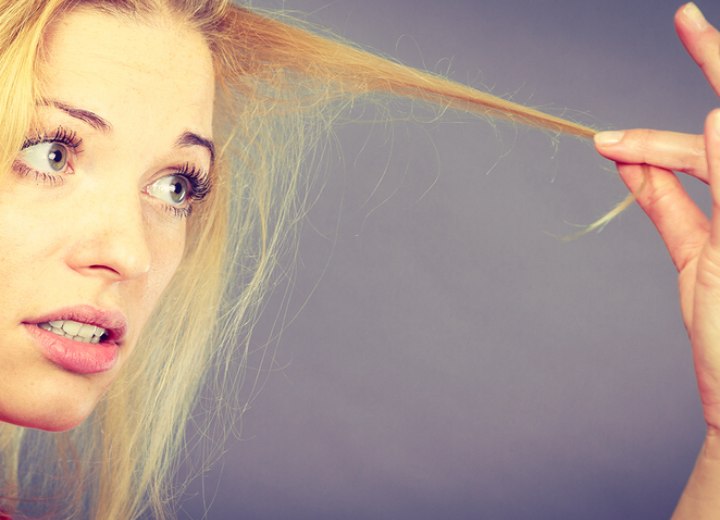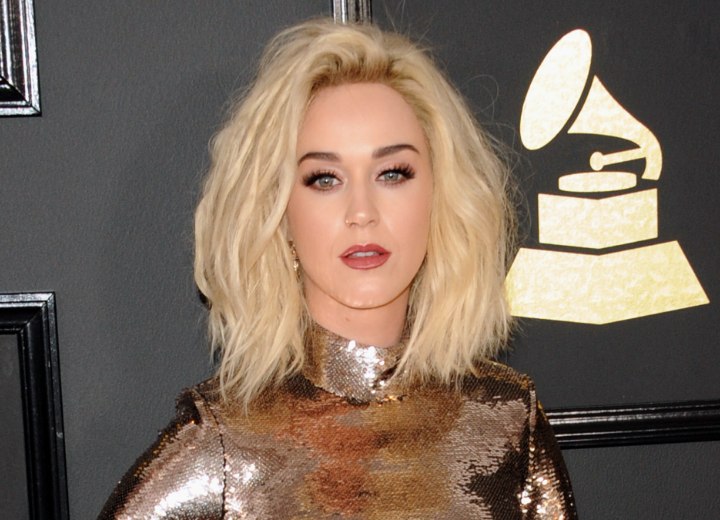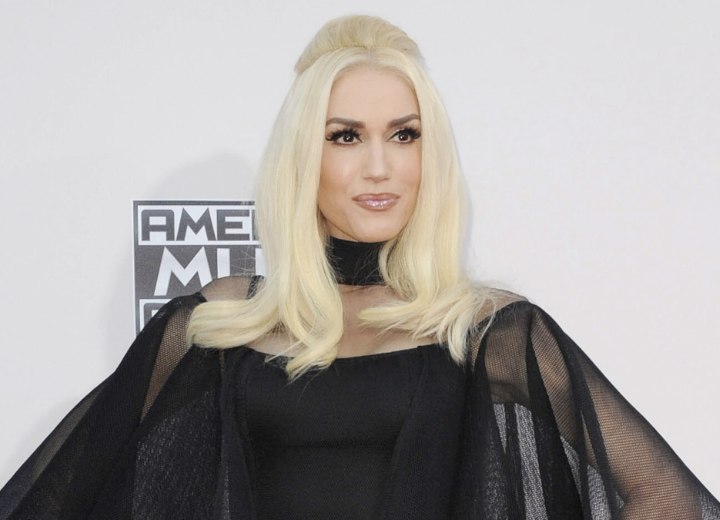The Disadvantages of Bleaching Your Hair

Kim and Khloé Kardashian both went blonde, with Khloé rocking it the most naturally, while half-sister, Kylie Jenner, took the bleached blonde leap and social media went crazy over how awesome she looked. Lady Gaga makes the perfect Ice Queen while Oscar nominee, Michelle Williams sported a platinum pixie cut and made you crave her color, or lack thereof.
There is a theory that women prefer to be blonde as it is a more desirable and attractive color (that is up for debate, clearly). This has led to another theory that women who go blonde get higher salaries at their jobs, though the gender wage gap is a completely different story. Some women seemingly take going platinum as a challenge to debunk the stigma that blondes are not very intelligent. Going super blonde also seems like a fun and easy option when you start to go gray, as the colors can tend to blend. It is a really fun option and something you might want to try at least once in your life.

Professional hairstylists will be able to determine the proper volume based on your sensitivity and when we say volume, that refers to the level of peroxide. Level 40 is pretty typical, but with scalp sensitivity, a level 20 is ideal. However, that does not mean you will be immune to the bleaching backlash.

Your scalp can turn red from the chemicals that have been applied, and that is totally normal, though it may feel extremely uncomfortable and off. As a result of all of this, you can end up with a severely itchy scalp. So you may be forced to use aloe vera all along the roots to soothe and ease how you feel. Aesthetically, you can expect rough, dry, and puffy hair post-bleaching because, as mentioned previously, the cuticles of your hair will open and that is what causes the dryness. This "side effect" should subside within a few weeks, but by that time, you could be ready for a root touch-up, so you have lost the battle of the bulge, so to speak.
Continue reading ...